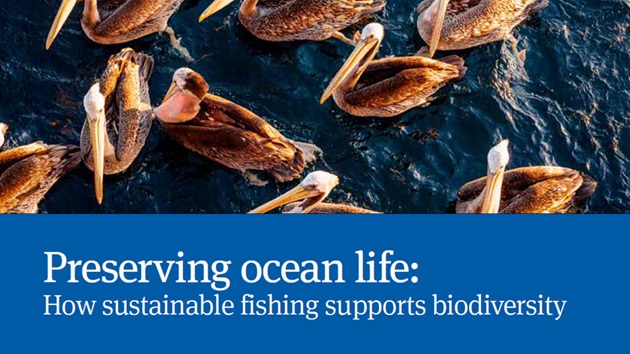Careful fishery management is helping bird populations to thrive in a harsh environment.
Fishery
Great Salt Lake brine shrimp
Location
Utah, USA
Status
MSC certified since 2023
Salt, shrimp and 10 million birds
Perhaps best known to most people as Sea Monkeys sold in miniature toy aquariums, brine shrimp thrive in the waters of the Great Salt Lake. The lake produces around 45% of the world’s brine shrimp, also known as Artemia. Most of the brine shrimp cysts collected on the lake are dry processed as feed for aquaculture, an important pillar in food security for the world’s growing population.
Located in northern Utah, the Great Salt Lake is the largest saline lake in the western hemisphere and a vital ecosystem for many different types of wildlife. According to the Utah Division for Wildlife Resources (UDWR), more than 10 million birds, representing 250 species, pass by the lake annually.It's an important stop for birds on the Pacific Flyway route between Mexico and Alaska, where many depend on brine shrimp to fuel their long migrations.
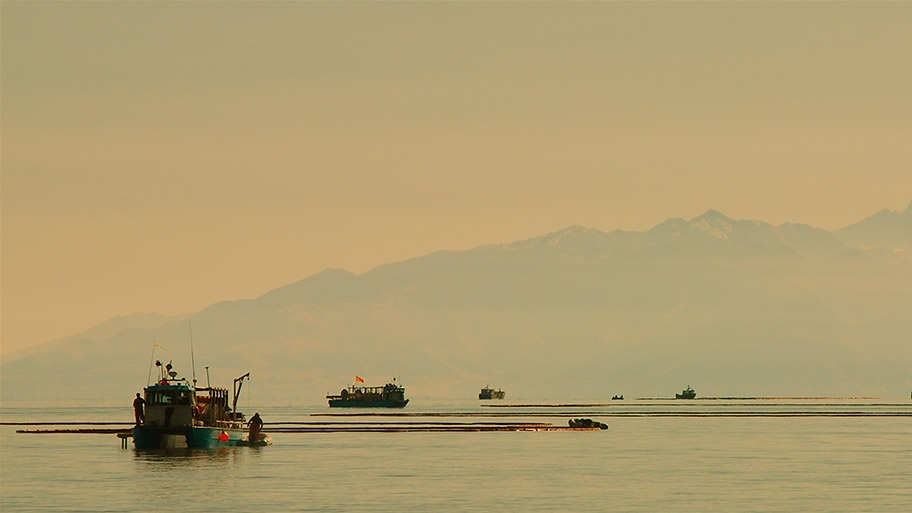
Harvesting brine shrimp on the Great Salt Lake © Great Salt Lake Artemia
Each autumn, over one million eared grebes (Podiceps nigricollis), small waterbirds identified by their golden ear tufts, forage almost exclusively on brine shrimp during their staging, or preparation for migration. Wilson's phalaropes (Phalaropus
tricolor), small wading birds, gain as much as two grams per day, doubling their weight before flying off.
The brine shrimp fishing industry started in 1952, but it wasn’t until the 1990s that concerns were raised about the
potential impact harvesting the brine shrimp might have on the thousands of migratory birds.
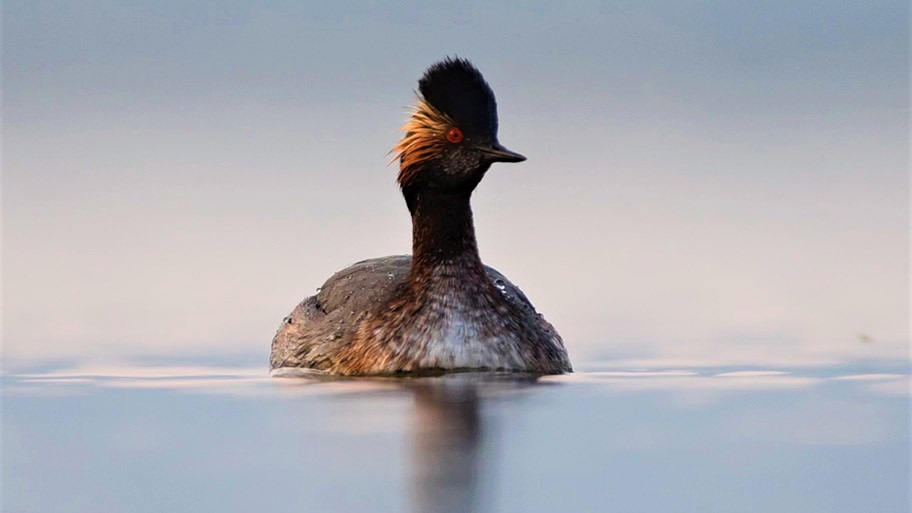
An eared grebe © Utah Division of Wildlife Resources
“A good harvest benefits both the industry and the birds that rely on brine shrimp as a food source. For example, eared grebes, which depend exclusively on brine shrimp during their time at Great Salt Lake in the fall, have seen their numbers increase at the lake due to this consistent and reliable food supply. If there is a better example of industry working with wildlife anywhere in the world, I’ve never heard of it.”
Read our full report
Related studies and articles
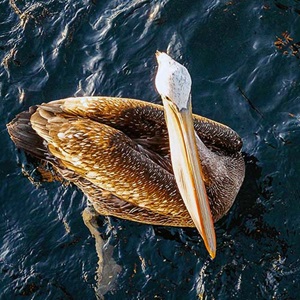
Helping pelicans thrive
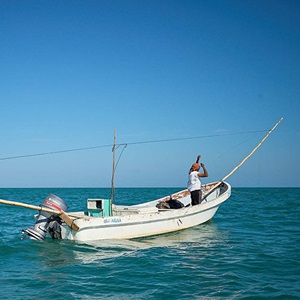
Innovation leads to fewer crabs used as bait
/biodiversity-and-fishing-spotlight.tmb-thumb300.jpg?Status=Master&Culture=en&sfvrsn=7d1e89b7_1)


